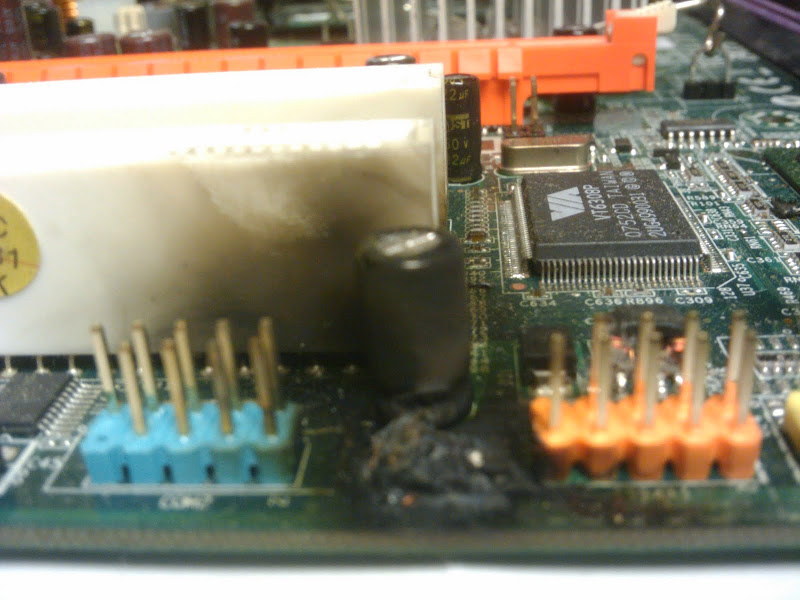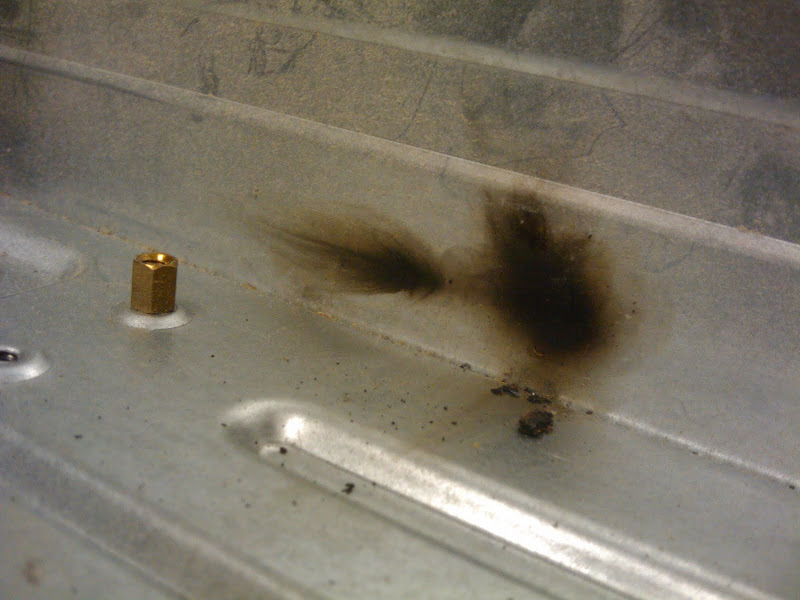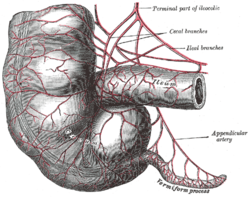I was interested in learning what, exactly, is inside of the K2 herbal smoking blend that's being sold over the Internet. A lot of searching led to many posts talking about how people feel when they've smoked it, or what plants it's made from, but there was no single analysis of its actual chemical composition. I've compiled a listing of everything, with a short paragraph on its effects. Some sources are cited, some aren't. Sorry about the gaps. So, without further delay:These are the major biologically active compounds contained in the smoking blend: Protoanemonin, Anemonin, Caulosaponin, Caulosapogenin, Stigmasterol, Glycosides, Ceryl alcohol, Myricyldalcohol, b-siterosterol, Trimethylamine, Beheinc acid, Caffeic acid, Chlorogenic acid, Melissic acid, n-triacontane, n-nonacosane, Ginnone, Ginnol, Campestrol
Clemontanoside, Hushangoside, Hederagenin, aporphine, asimilobine, benzylisoquinoline, glucopyranoside, coclaurine, gallic acid, isoliensinine, kaempferol, liensinine, lirinidine, lotusine, methyl gallate, neferine, negferine, norcoclaurine, nuciferine, pronuciferine, quercetin, 9-beta-hydroxyvertine, R-quinolizidin-2-acetate, lythrine, dehydrocodine, lythridine, vertine, heimidine, lyfoline, epi-lyfoline, sinicuichine, nesodine, abresoline, anelisine, lythridine, cycloleonurinine, leoheterin, leonurine, leonurinine, prehispanolone, preleoheterin, stachydrine
I've broken them down by the plant they are contained in, with a short explanation about the potential effects in the body:Beach Bean (http://en.wikipedia.org/wiki/Canavalia_rosea)Reported to potentiate other herbs. Known to contain L-Betocine, CAS 515-25-3 http://www.rdchemicals.com/chemicals.php?mode=details&mol_id=7555 Betocine is similar to a family of anti-inflammatory compounds and may have some minor effects by altering CYP450 metabolism. http://pubchem.ncbi.nlm.nih.gov/summary/summary.cgi?sid=207822 Speculate that grapefruit could increase the potentiating effect of the substance as well. The inclusion in the formulation may be to allow the other active ingredients to become more significantly active.Old Man's Beard http://en.wikipedia.org/wiki/Clematis_vitalba Protoanemonin is a toxic irritant known to cause contact dermatitis (skin irritation) but is destroyed by drying, so will not be present in the final formulation. It can also be detoxified by enzymes present in the body (although since there won't be any present, there's no need in this case: http://jb.asm.org/cgi/content/full/180/2/400)When Buttercup plants are handled, naturally occurring ranunculin is broken down to form protoanemonin which is known to cause contact dermatitis in humans and care should therefore be exercised in excessive handling of the plants. The toxins are degraded by drying, so hay containing dried buttercups is safe. http://en.wikipedia.org/wiki/Ranunculus_acrisAnemonin is an anti-inflammatory compound which may regulate tyrosinase enzyme activity, and may have some activity in reducing intestinal inflammation and irritation. It also interferes with pigment synthesis (melanin). http://www.rt-pcr.com/showabstract.php?pmid=17766092&redirect=yes&terms=Anemonin This ingredient might contribute to the general "high" of the formulation. Caulosaponin is a cardiotoxic vasoconstrictor glycoside and may have similar effects to nicotine in some cases. The vasoconstrictive effects may raise blood pressure. http://www.camline.ca/professionalreview/pr_print.php?NHPID=24 Caulosapogenin (CAS 465-99-6 http://www.chromadex.com/chemicals/Caulosapogeninshseehederagenin_SH.html ) is a complex molecule which may have properties in regulating certain hormones, as well as ligand-gated neural receptor activity. http://pubchem.ncbi.nlm.nih.gov/summary/summary.cgi?cid=6708708#Subinfo It has weak oxytocic effects, and as a result may increase a general sense of well being. (Oxytocin is a hormone relating to social cognition, trust, bonding, and involved in processes related to the contraction of smooth muscle in the uterus for giving birth.)Stigmasterol is a phytosterol (plant-derived cholesterol-like substance) also known as Wulzen anti-stiffness factor, may be metabolized into progesterone and have regulatory activities that promote tissue-rebuilding and may prevent or reduce the risk of certain cancers, in addition to inhibiting the absorption of cholesterol by the body. (All positive effects.) http://en.wikipedia.org/wiki/Stigmasterol Ceryl alcohol (1-hexacosanol), a fatty alcohol, may have a variety of positive health properties.The smaller molecules are used in cosmetics and food, and as industrial solvents. Some of the larger molecules are simply seen as biofuels, but little research had been done until 2006 regarding many of these, and they have been shown to be have anticancer, antiviral, antifungal, anti-HIV properties, for potential use in medicine and health supplements. Myricyl alcohol is another fatty alcohol with similar properties.Beta-Sitosterol is another phytosterol which can reduce concentration and absorption of cholesterol, as well as potentially having positive effects on male hair loss. It is also used in Europe to treat benign enlargement of the prostate. http://en.wikipedia.org/wiki/Beta-Sitosterol Trimethylamine is a small organic molecule that smells like fish. It is inactive and may be scrapped by various amine-recovery enzymes in the body as raw materials, but more likely it is excreted directly by the kidneys without incident. It is produced naturally in the body after eating certain foods. http://en.wikipedia.org/wiki/Trimethylamine Behenic acid is a long-chain fatty acid with low bioavailability. It is inactive, although may slightly raise cholesterol concentrations in the blood. Basically an inert compound.Caffeic acid, unrelated to caffeine, has powerful antioxidant and anti-cancer properties as well as anti-inflammatory action. http://en.wikipedia.org/wiki/Caffeic_acid Chlorogenic acid is also an anti-cancer, anti-inflammatory, anti-oxidant compound which inhibits the absorption and coversion of glucose into glycogen -- which means it has minor "anti-fat" effects. http://en.wikipedia.org/wiki/Chlorogenic_acid Melissic acid likely has similar effects as above. n-tricontane is a long chain alkane which would almost certainly be destroyed completely when burned. n-nonacosane is another long-chain alkane which almost certainly is destroyed when burned. Neither has any real effects. Ginnone and Ginnol are long-chain ketones and central alcohols, respectively. Both are almost certainly completely destroyed when burned, and would not have any appreciable effects. Campesterol is another phyto-sterol with effects similar to the other phyto-sterols mentioned and is not of significant interest beyond that.Lotus Flower http://en.wikipedia.org/wiki/Nelumbo_nucifera
Aporphine: a dopamine receptor blocking alkaloid, and used to treat Parkinson's, ED and Sexual Arousal Disorder. May contribute to a "high" by inducing euphoric effects based on its activity profile and similarity to other compounds. http://en.wikipedia.org/wiki/Aporphine
Asimilobine: An aporphine isoquinoline alkaloid, blocks new dopamine synthesis while potentiating the effects of already-existing dopamine. May contribute to a "high" followed by a bit of a "low" when the effects wear off, as dopamine is now depleted but production lags consumption in the brain. http://www.ingentaconnect.com/content/tandf/ganp/2008/00000010/00000008/art00008
Benzylisoquinoline: This chemical is the structural backbone of a variety of molecules including codeine, morphine, apomorphine, and other similar. It is broken down into component amino acids dopamine and tyramine. This chemical is present in the formulation because it is a precursor to other molecules which will be found in the plants. http://en.wikipedia.org/wiki/Benzylisoquinoline
Glucopyranose: A sugar.
Coclaurine: Involved in a biochemical cycle that regulates oxidative damage in a variety of systems, and may have activity fighting depression, liver disease and fighting the pain of ousteoarthritis. It may provide a small boost in the "high" as a result, while exhibiting positive activity.
Gallic acid: A part of tannins or found free, it has anti-fungal, anti-viral and anti-oxidant properties.
Isoliensinine: A low-grade muscle relaxant.
Kaempferol: also found in tea, grapefruit and other plants, it protects against lung and pancreatic cancers as well as exhibiting anti-depressant properties.
Lirinidine: a serotonin receptor agonist, it produces stronger serotonergic effects and as such exhibits some antidepressive properties. It may also exhibit anxiolyric activity. Calming, certainly, and possibly producing some of a "high".
Lotusine: An antihypertensive chemical which may have act on lowering heart rate and blood pressure (which is calming.)
Methyl gallate: Another antioxidant similar to gallic acid.
Neferine: A relaxant.
Norcocalurine: A precursor molecule present as a result of other chemical reactions going on which produce coclaurine.
Nuciferine: A muscle and general relaxant, that also slow response time. Protects against amphetamine toxicity as well.
Pronuciferine: A precursor to the above.
Quercetin: Increases energy expendature and exhibits some anti-inflammatory, anti-cancer, anti-oxidant, anti-tumor, and anti-hypertensive activities. Exhibits Cytochrome P450 enzymes CYP3A4 and CYP2C9 which break down most drugs in the body. As such, quercetin's presence in this formulation will potentiate all of the other alkaloids present.
North American Lousewart http://en.wikipedia.org/wiki/Pedicularis_groenlandica
Contains a variety of chemicals similar to digitalis, which reduce blood pressure and heart rate. Also contains a variety of iridoid alkaloids:
Isolated and purified, iridoids exhibit a wide range of bioactivities including cardiovascular, antipheptotoxic, chlorectic, hypoglycemic, anti-inflammatory, antispasmodic, antitumor, antiviral, immunomodulator and purgative activities.
Heimia http://en.wikipedia.org/wiki/Sinicuichi
Many chemicals may be broken down by CYP450 enzymes in the liver, making their metabolite byproducts "bad" for the liver and may be hepatotoxic if potentiated with other hepatically active drugs or alcohol.
9-beta-Hydroxyvertine: A compound similar to various opiates, may produce a high along with antihypertensive effects.
Quinolizidine Alkaloids: Most present probably have little to no biological effect, as they are probably intermediates of biosynthesis of other compounds in the plant. Similar to a core chain of some opiates.
Lythrine: A diuretic.
Dehydrocodine: An opiate painkiller, itself active, with several active metabolites including isoforms of morphine.
Vertine: A sedative and a tranquilizer, along with anti-inflammatory and anti-cholinergic (dissociative) effects.
Heimidine: Exhibits anticholinergic (mildly dissociative effects, along with anti-aggressive effects) as well as anti-inflammatory properties.
Lyfoline, epi-Lyfoline: block and depleat chatecholamines (monoamine neurotransmitters) which may produce a tired, drained feeling and reduce performance on complex tasks. These active ingredients may be responsible for some of the stronger psychoactivity as well, with some cases of auditory hallucinations taking place. Blocking and depletion of serotonergic systems is responsible for the hallucinations present with other serotonergic drugs such as LSD, etc. as well.
Sinicuichine: A tranquilizer. Definitely contributes to the "high".
Nesodine: anti-inflammatory effects. Not well studied.
Abresoline: Not well studied.
Lythridine: Not well studied.
Hops http://en.wikipedia.org/wiki/Humulus
Known to contain morphine and isomers and suspected to contain other alkaloids since 1905, little research has been done since with the advent of better tools. Definitely contributes to the high in this case, though.
Morphine and related compounds would be quite readily broken down by yeast metabolism in fermentation, and would be completely eliminated by the beer-making process; thus why beer does not contain morphine.
Lavender http://en.wikipedia.org/wiki/Lavender
Anti-inflammatory akaloids; also contains terpenes which may be irritating and increase photosensitivity.
Leonurus sibiricus http://en.wikipedia.org/wiki/Leonurus_sibiricus
Cycloleonurine, Leonurine, Leonurine, Leonurinine: Antibiotic activity against staphlococci, streptococci, E. coli, and other less common bacteria.
Leoheterin, Preleoheterin: responsible for "mild cannabis-like effects"
Prehispanolone: Anti-inflammatory effects.
Wild Rosmary (Rohodendron) http://en.wikipedia.org/wiki/Rhododendron_tomentosum
Ledol: a poisonous substance that can interfere with muscle function causing cramps or in cases of extreme overdose, paralysis.







